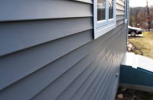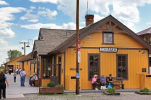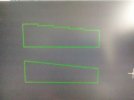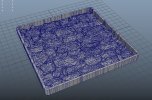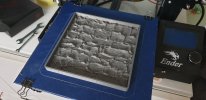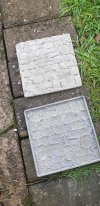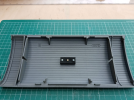Rhinochugger
Retired Oik
OK, so, if your shiplap was actually a (f'rexample) two-layer construction, then the thick edge of each individual board would be hollow. Now, that's not too much of an issue because, as Jimmy says, if you're going to do it like the real thing, then at door / window openings and corners, you're going to put something to resemble a timber lining or framing.One thing to note most home FDM printers only print at 0.1mm layer height at best, and a lot of people will print at 0.2 for speed so if you imagine the profile of ship lap you don't get many layers to define a smooth angle shape, what does work better is the idea of tongue and groove type cladding as its a flat surface with just a grouve cut into the surface to define the seperate boards. don't know if that makes sense,
If you cut a holes in a printed surface depending on how thick the part is the center is not a solid type structure usually, it can be but it takes for ever to print, usually you have a solid top and bottom surface with a honey comb type infill in between so if cutting into that structure by hand you would expose the infill around the holes you cut. If you cut those holes prior to printing in the model then it builds solid walls around the holes for you while its printing.
Super Glue really does stick the stuff together and you fingers etc etc..
Equally, if it was a two-layer process where the layers met at the thin edge of each individual board, then the sheets of shiplap would be pretty strong.
The other way, would be to design each wall specifically for its situation - i.e. make a 3D printed equivalent of a Pola kit, but then that be an awful lot of design work for a single use.
I s'pose you could design standard wall panels with doors and windows something like GRS did years ago with their carriages

